How can technology be explained through poetry and play?
Italian designer Matteo Loglio toys with the future of products, interactions and tools
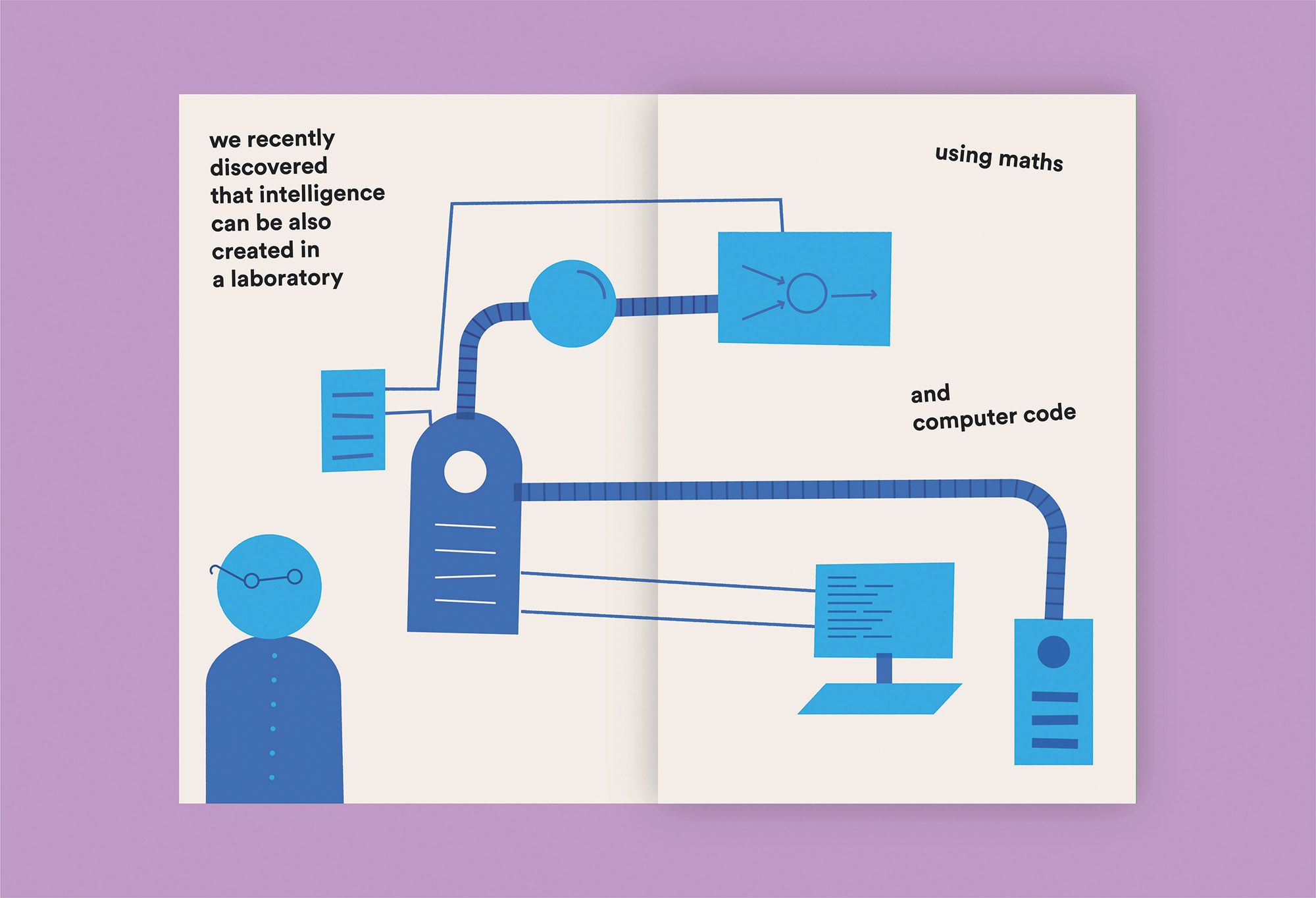
Designer Matteo Loglio’s career has been punctuated by a series of lucky encounters. During his master’s degree in user experience design at SUPSI, Switzerland, one of his tutors was Massimo Banzi, co-founder of legendary open-source hardware and software company Arduino, who became a mentor for Loglio and hired him to work for the company in 2011. A few years later, Loglio bumped into creative entrepreneur Fillipo Yacob, an old acquaintance from his native Bergano. They joined forces to launch Primo Toys, and its first product, Cubetto, was a simple wooden robot designed to teach children the basics of computer programming using a set of colourful coding blocks. Its Kickstarter campaign in 2016 attracted almost $1.6m in funding, a record crowd-funder investment in an educational invention at the time.
Perhaps the most significant encounter for Loglio was with Bill Verplank, a pioneer of interaction design, who came by the Primo Toys stand at the Bay Area Maker Faire in 2015. Verplank stopped by to play with Cubetto, then started chatting to Loglio about the project, at the same time sketching on a piece of paper (Verplank’s sketches are famous for simplifying complex concepts). Through his sketch, Verplank demonstrated the evolution of Cubetto’s interface – something Loglio had been designing intuitively but, it turned out, was firmly rooted in interaction design practices. The sketch is still one of Loglio’s most treasured possessions, and has been on his bedroom wall through every move.
Matteo Loglio: design journey
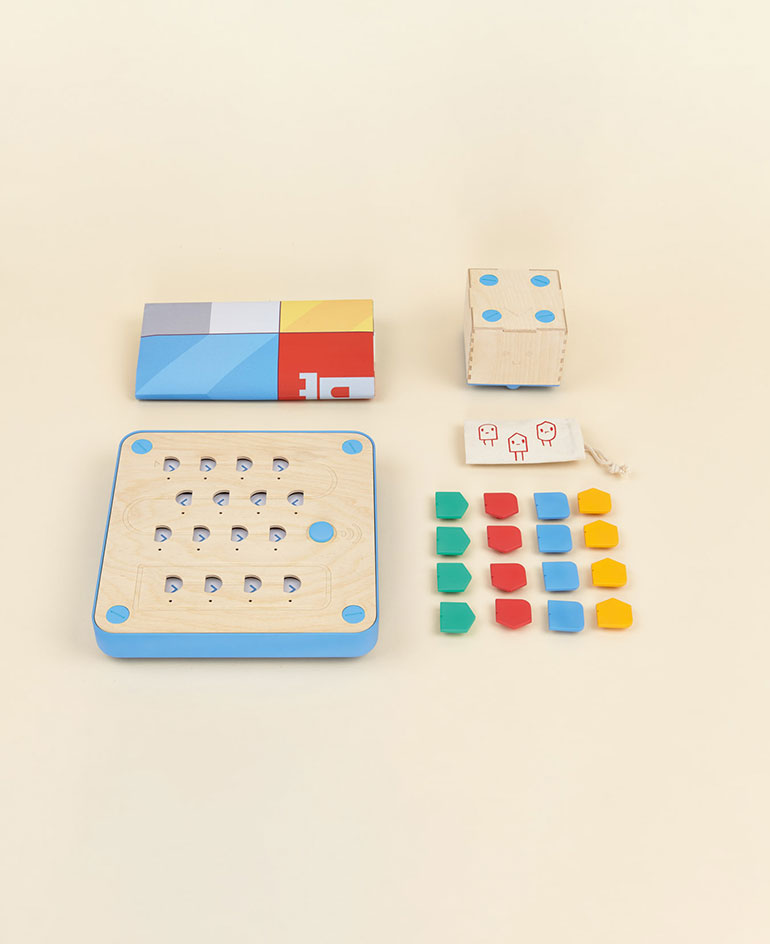
Design has always been part of Loglio’s world. As a teenager, his obsession with video games led him to explore technology, coding and web design. ‘At one point, I had a skateboard label with my friends. I was immersed in the world of design before I knew what it was. It was just creative exploration at first,’ he explains. When he discovered that design was ‘a thing’, he enrolled in a classic industrial design course at Milan’s Politecnico, before approaching (and being sucked into) interaction design. ‘In particular, I was attracted to physical computing, that world that sits somewhere in between technology and design,’ he recalls. From there, his interest veered towards creating interactive products, and elevating code to become creative matter.
Cubetto marked the official start of Loglio’s adventure in technology. For its design, Loglio was inspired by Seymour Papert’s Logo, an educational programming language developed in the 1960s at MIT and featuring an on-screen turtle that would carry out user-generated functions. Based on a similar principle, Cubetto is a wooden wheeled cube that can be controlled through a series of colourful tiles arranged on a separate wooden panel. ‘I wanted to create a physical version of Logo,’ explains Loglio. ‘So I made this prototype with a toy car and put it in my portfolio – that was the end of it for me.’ Then Yacob proposed launching it as a product and brought an entrepreneurial spin to the idea. Cubetto’s creators described it as ‘tangible, inclusive and accessible to all cultures’: friendly and screenless, it sits somewhere between a toy and an educational tool, encouraging tech literacy for the young.
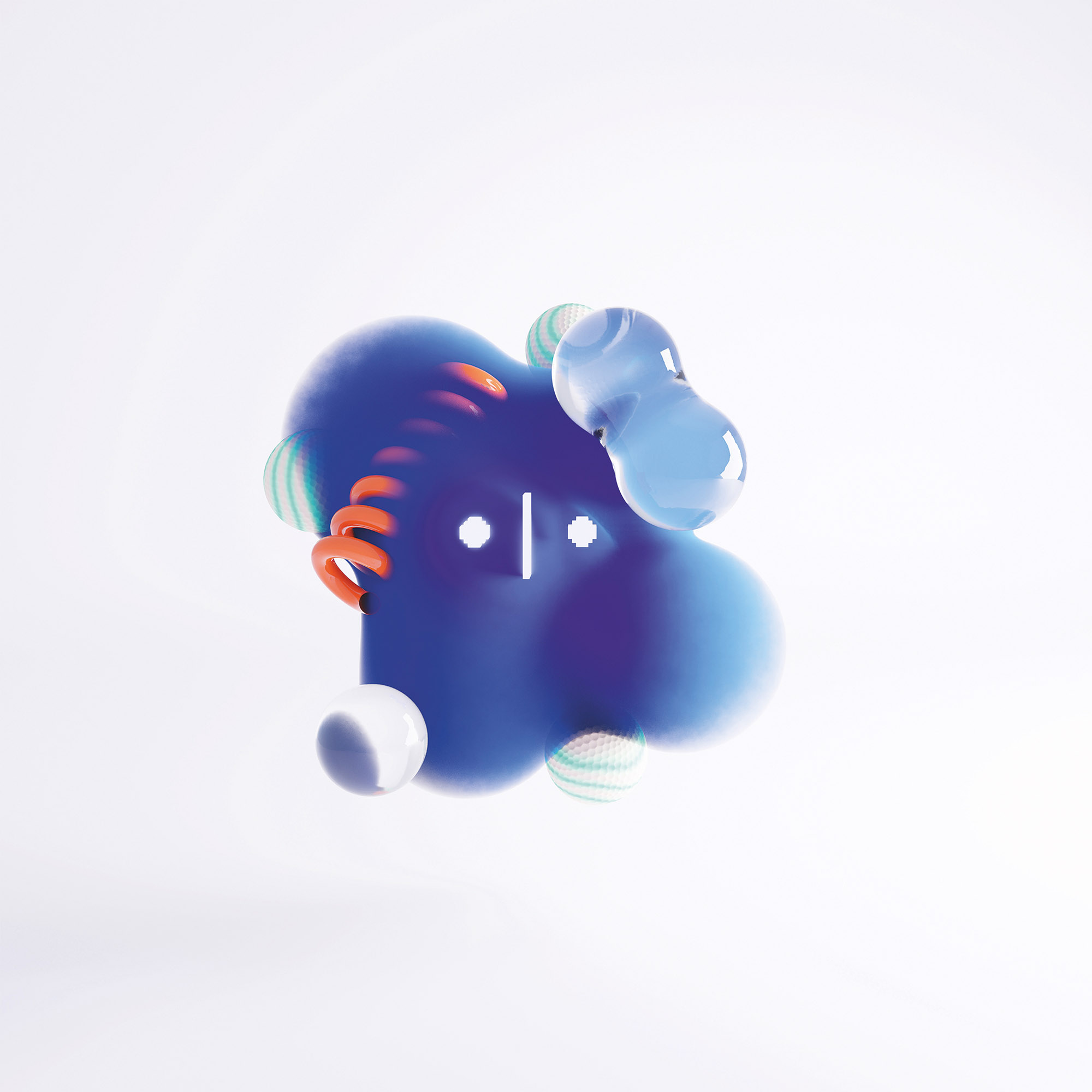
Roby, OIO’s AI creative director
In 2020, after three years at Google’s Creative Lab, Loglio launched OIO, a creative consultancy ‘made of designers, technologists and bots’, based in London’s innovation and technology campus Here East. Encompassing physical objects with a tech slant, as well as speculative or purely digital creations and collaborations, Loglio’s work shines a human light on the future of AI. ‘Human-AI collaboration is one of our key themes,’ he explains. ‘We like the idea of post-human: in the past, humans worked with animals, and we think that in the future we will work with newly created artificial intelligences.’ One of OIO’s key works in progress includes an AI art director, a tool based on a series of algorithms that allow it to recognise and generate furniture designs. Dubbed ‘a non-human member of the team’ and named Roby, it’s part provocation, part inspirational tool to ‘support an ever-evolving creative process’.
Many Intelligences
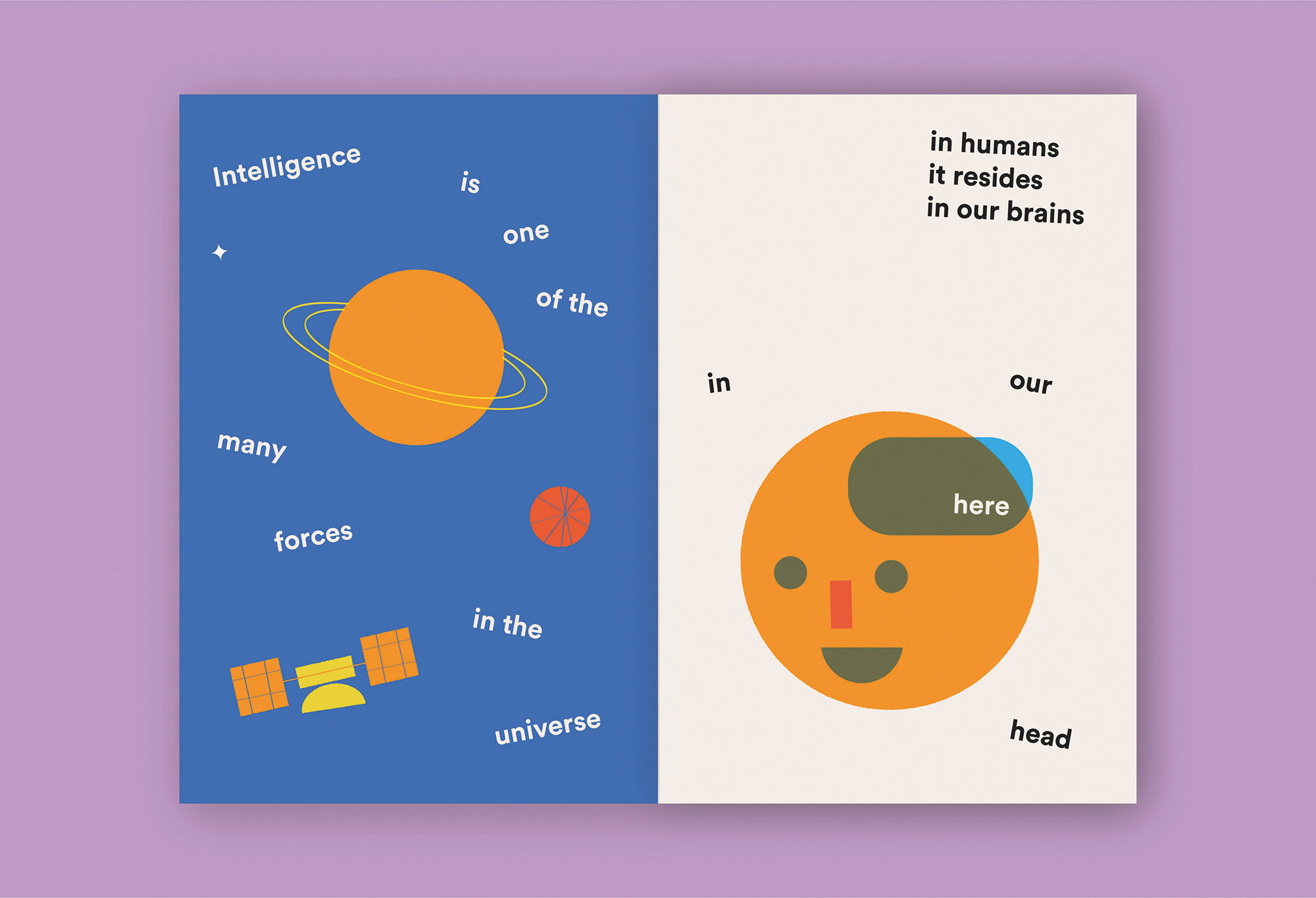
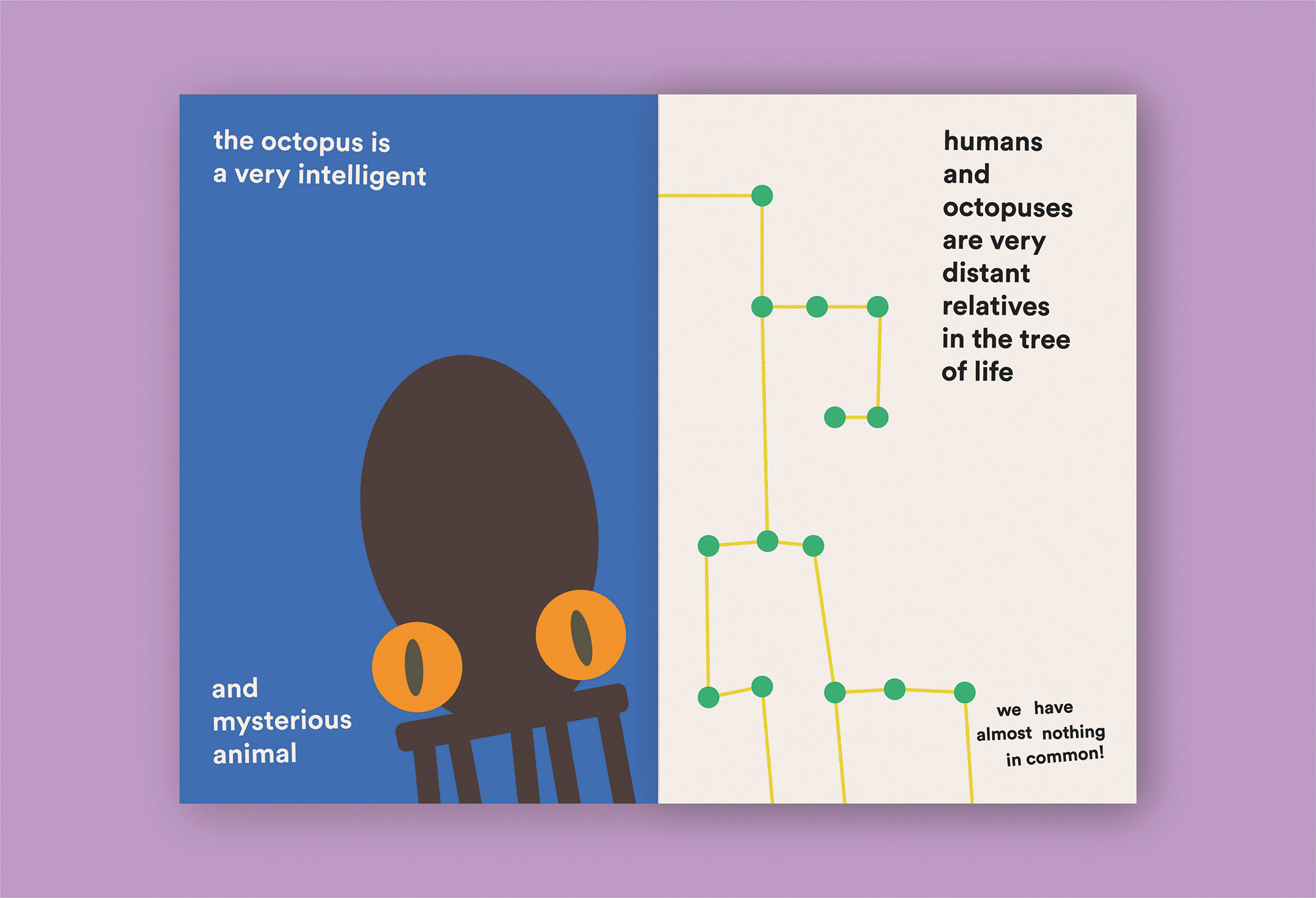
Many Intelligences
Most recently, Loglio launched Many Intelligences, published by Corraini Edizioni, with the aim of explaining artificial intelligence to children through simple concepts. It’s the result of another fortunate encounter, with publisher Pietro Corraini, who had been a fan of Cubetto from early on and who had asked Loglio to write a book that summed up his work. ‘Through teaching [at Central Saint Martins and HEAD Genève], I have had to develop simple ways to explain AI and technology to designers and artists, people who often don’t know much about technology,’ he explains. ‘I often have to come up with metaphors to explain the basics. Over the years, I developed a narrative about AI that I thought I could translate into a book, to explain these concepts to kids.’ Thus, the idea of Many Intelligences was born. The book features a series of stylised illustrations and brief poetic text (entirely created by Loglio), touching upon the many facets of intelligence: human, animal or otherwise. Through these essential concepts, it weaves a narrative that moves between worlds, from a starfish to a toaster.
Among its vast catalogue, Corraini is a publisher known for its design titles by the likes of Bruno Munari and Enzo Mari – two designers who are fitting forefathers for the work Loglio has been doing for the past decade. ‘What Munari, as well as many great designers from the 20th century, have done is try to domesticate industrial production, a concept that was alien to most at the time. The same thing is happening now with technology and designers of the 21st century,’ says Loglio. He believes the essential role of a designer is to understand human nature and its emotions, and at the same time to speak the language of technology and be able to shift between these worlds. ‘I feel part of this movement. My job is to take something as alien as technology and translate it into a domestic environment, make it familiar, playful.’
INFORMATION
Receive our daily digest of inspiration, escapism and design stories from around the world direct to your inbox.
Many Intelligences, €18, by Matteo Loglio, published by Corraini Edizioni
corraini.com
matlo.me
oio.studio
Rosa Bertoli was born in Udine, Italy, and now lives in London. Since 2014, she has been the Design Editor of Wallpaper*, where she oversees design content for the print and online editions, as well as special editorial projects. Through her role at Wallpaper*, she has written extensively about all areas of design. Rosa has been speaker and moderator for various design talks and conferences including London Craft Week, Maison & Objet, The Italian Cultural Institute (London), Clippings, Zaha Hadid Design, Kartell and Frieze Art Fair. Rosa has been on judging panels for the Chart Architecture Award, the Dutch Design Awards and the DesignGuild Marks. She has written for numerous English and Italian language publications, and worked as a content and communication consultant for fashion and design brands.
-
 In Norway, discover 1000 years of Queer expression in Islamic Art
In Norway, discover 1000 years of Queer expression in Islamic Art'Deviant Ornaments' at the National Museum of Norway examines the far-reaching history of Queer art
-
 The Wilke is LA’s answer to the British pub
The Wilke is LA’s answer to the British pubIn the Brentwood Village enclave of Los Angeles, chef and restaurateur Dana Slatkin breathes new life into a storied building by one of Frank Gehry’s early mentors
-
 Top 10 gadgets of 2025, as chosen by technology editor Jonathan Bell
Top 10 gadgets of 2025, as chosen by technology editor Jonathan BellWhat were the most desirable launches of the last 12 months? We’ve checked the archives to bring you this list of the year’s ten best devices